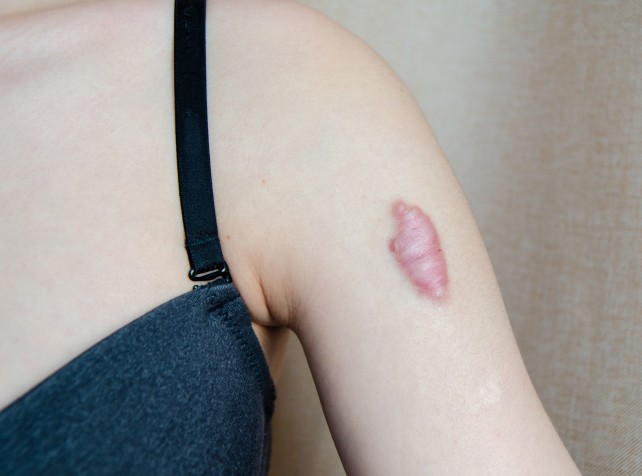The number of Victorians diagnosed with a flesh-eating bacterial skin infection has increased as health authorities warn cases have spread beyond previously known hotspots.
Chief Health Officer Clare Looker on Tuesday warned cases of Buruli ulcer in the state were increasing, with 238 identified as of October 2 this year compared with 207 at the same time last year.
Subscribe for FREE to the HealthTimes magazine
There were even fewer cases reported in the years prior, with 197 in 2021 and 135 in 2020.
Dr Looker, in a health alert, warned the infection was spreading across Victoria and was no longer restricted to specific areas on the state's coast.
Instead, there was a recent increase in cases linked to multiple suburbs in Geelong including Belmont, Highton, Newtown, Wandana Heights, Grovedale and Marshall.
FEATURED JOBS
St Vincent's Private Hospital
There was also a recent increase in cases linked to Melbourne's inner north and west, including in the suburbs of Essendon, Moonee Ponds, Brunswick West, Pascoe Vale South and Strathmore, Dr Looker said.
Buruli ulcer cases have also been reported on the Mornington Peninsula, Bellarine Peninsula, Phillip Island, Surf Coast and Aireys Inlet, as well as in the Westernport region, Frankston and Langwarrin regions, South Eastern Bayside suburbs and in East Gippsland.
Buruli ulcer was not transmitted from person to person, but there was increasing evidence mosquitoes and possums played a role in people becoming infected in Victoria, Dr Looker said.
Bacteria causing the ulcer was found in possum excrement, she said.
People with Buruli ulcer normally initially develop a painless lump or wound, which could be mistaken for an insect bite.
The lumps or wounds could slowly develop into a destructive skin ulcer, and it usually took between four and five months for an ulcer to develop after someone was infected, Dr Looker said.
The chief health officer warned early diagnosis was key, and said people could prevent becoming infected by avoiding mosquito bites, mosquito-proofing their homes and reducing mosquito breeding sites.
They should also cover up when spending time outdoors, protect cuts and abrasions, quickly wash and dress any fresh scratches or cuts, and wash their skin after it was exposed to soil or water outside.
Dr Looker urged doctors to quickly test patients for Buruli ulcer if they were in a hotspot and had an unhealing ulcer.












